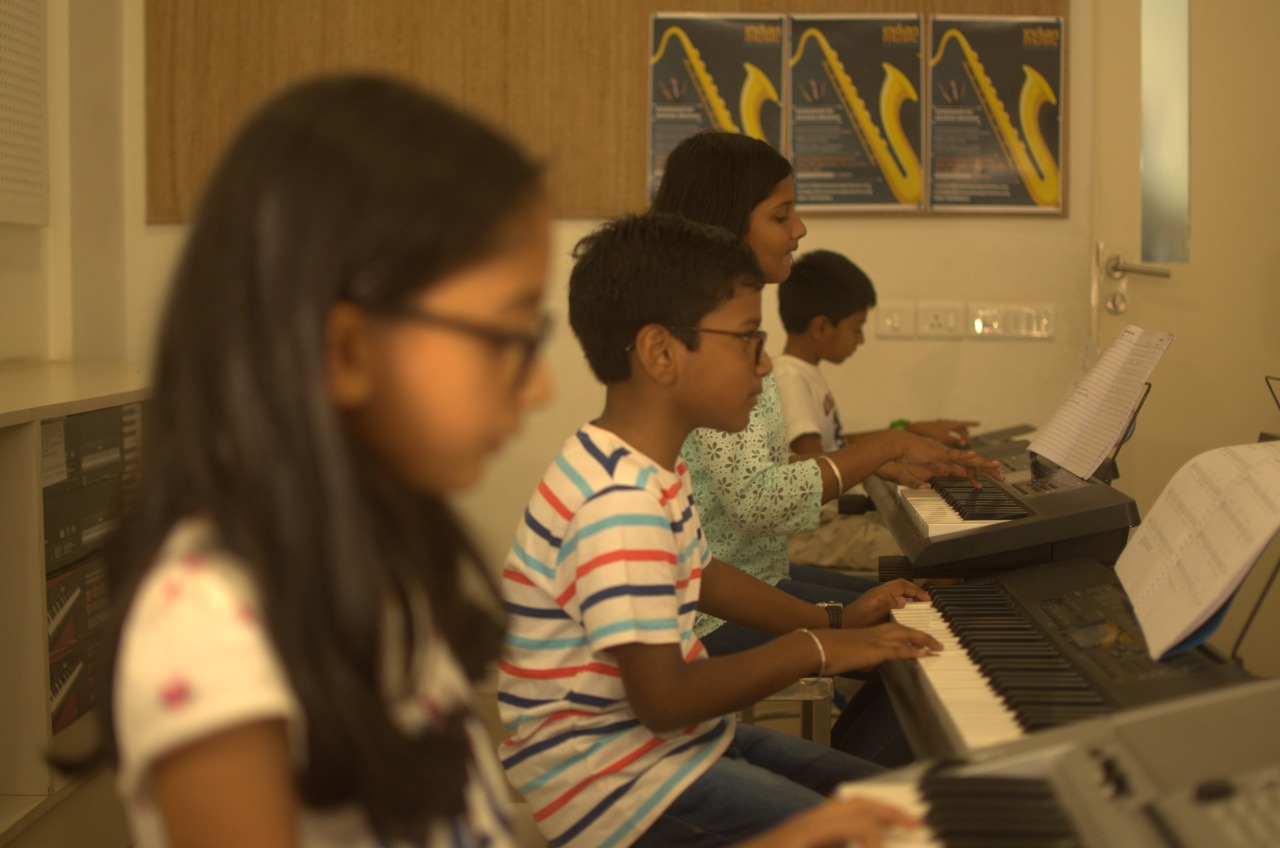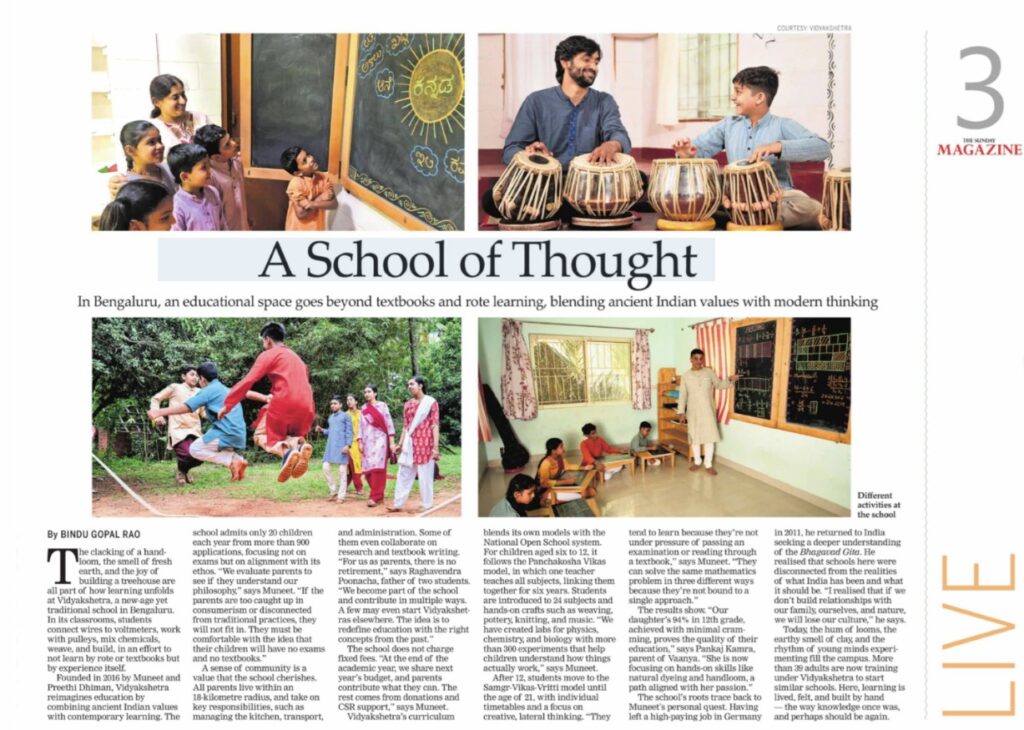
The National Education Policy speaks about Panchakosha model, a holistic development method that laid the foundation for the school.
This is not something very new, rather this is how you know the education system in India was for thousands of years and which we lost in last 200 years because of a systematic breakdown.
Now because the economic structuring, social structuring changed due to Britishers designs and interventions, the education system also changed accordingly. So only Gurukulas which were Vedic Gurukulas and where the student could still become a Purohit or an Acharya, teacher survived. All other systems sort of gradually died except you know Ayurveda Gurukulas and some music Gurukulas which still exist, music and Bharatanatyam Gurukulas which still exist in whatever form they are today.
The intention was to recreate back the day model of Indian education system which existed for thousands of years. All the parents must shift their house to get admission in Vidyakshetra. They must come within 18 kilometers radius of Vidyakshetra so that children don’t have to travel more than, 45 minutes one way and today out of 125 parents 110 families would have shifted their house for this purpose.
Every year the school takes in only 20 students. Last year they had close to 900 plus applications for 20 students and it is a huge demand in the country where so many people really want this type of an education for their children. The school has students from 11 different states with about 65% children from Karnataka.
The school has 40 plus experiments in physics light related experiments. There are maybe close to 50 experiments in static electricity and magnetism. Similarly, there are some 35 experiments related to heat. There is an effort which we which goes into studying Sanskrit language in depth. Students are learning four languages primarily Sanskrit, Kannada and English but as they learn these languages they also are able to read and understand Hindi.
There is also swimming, kalaripayattu, yoga and games period which happens every day. So these are four other subjects. There are 24 subjects children learn and gradually as they are growing with these subjects we are able to see you know what they are good at, which subject they are good at.
And then at the age of 12 people subjects are brought down to 12 subjects based on how they have related to those subjects. Also based on the Ayurveda principles of kapha, vata, pitta. So we have created some evaluation framework based on their prakriti, based on their guna, rajas, tamas or sattva guna and their experience with the school for last eight years.
The school is able to figure out what is the direction which they would be more successful in their career where they can actually start earning later. And then they connect them to the subject matter experts in those areas. Children who are 12 years and above have their own timetable. It’s no more a common timetable.
Senior students have gone ahead now at the age of 20 there is a student who got amongst the top 500 rank amongst thousands of maybe even more than a lakh people who would have given that exam in product design.
Read the full story that first appeared in The New Indian Express dated Nov 16, 2025 here:


Leave a Reply